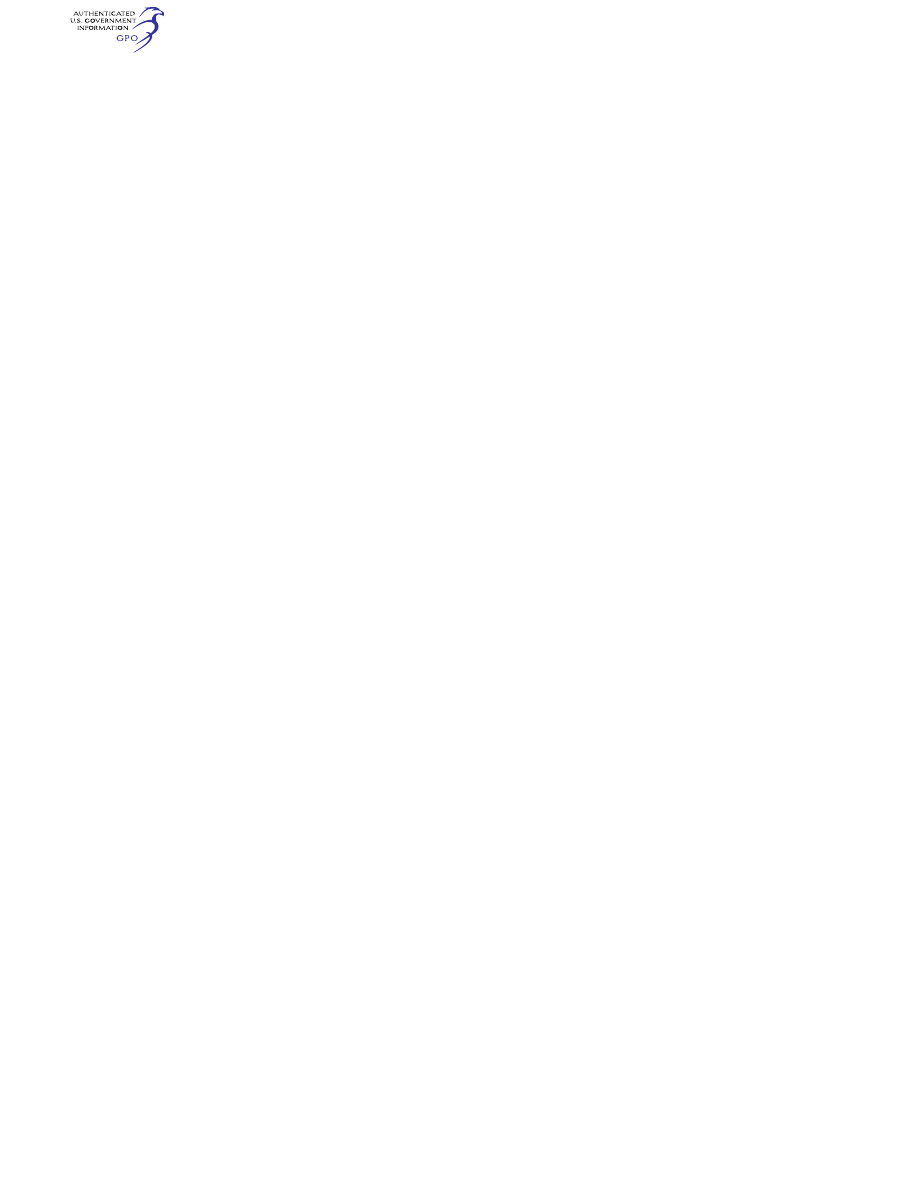
720
14 CFR Ch. I (1–1–24 Edition)
§ 33.76
items that could fail in a latent man-
ner. When necessary to prevent haz-
ardous engine effects, these mainte-
nance actions and intervals must be
published in the instructions for con-
tinued airworthiness required under
§ 33.4 of this part. Additionally, if er-
rors in maintenance of the engine, in-
cluding the control system, could lead
to hazardous engine effects, the appro-
priate procedures must be included in
the relevant engine manuals.
(2) Verification of the satisfactory
functioning of safety or other devices
at pre-flight or other stated periods.
The details of this satisfactory func-
tioning must be published in the appro-
priate manual.
(3) The provisions of specific instru-
mentation not otherwise required.
(4) Flight crew actions to be specified
in the operating instructions estab-
lished under § 33.5.
(f) If applicable, the safety analysis
must also include, but not be limited
to, investigation of the following:
(1) Indicating equipment;
(2) Manual and automatic controls;
(3) Compressor bleed systems;
(4) Refrigerant injection systems;
(5) Gas temperature control systems;
(6) Engine speed, power, or thrust
governors and fuel control systems;
(7) Engine overspeed, overtempera-
ture, or topping limiters;
(8) Propeller control systems; and
(9) Engine or propeller thrust rever-
sal systems.
(g) Unless otherwise approved by the
FAA and stated in the safety analysis,
for compliance with part 33, the fol-
lowing failure definitions apply to the
engine:
(1) An engine failure in which the
only consequence is partial or com-
plete loss of thrust or power (and asso-
ciated engine services) from the engine
will be regarded as a minor engine ef-
fect.
(2) The following effects will be re-
garded as hazardous engine effects:
(i) Non-containment of high-energy
debris;
(ii) Concentration of toxic products
in the engine bleed air intended for the
cabin sufficient to incapacitate crew or
passengers;
(iii) Significant thrust in the oppo-
site direction to that commanded by
the pilot;
(iv) Uncontrolled fire;
(v) Failure of the engine mount sys-
tem leading to inadvertent engine sep-
aration;
(vi) Release of the propeller by the
engine, if applicable; and
(vii) Complete inability to shut the
engine down.
(3) An effect whose severity falls be-
tween those effects covered in para-
graphs (g)(1) and (g)(2) of this section
will be regarded as a major engine ef-
fect.
[Amdt. 33–24, 72 FR 50867, Sept. 4, 2007]
§ 33.76
Bird ingestion.
(a)
General. Compliance with para-
graphs (b) through (e) of this section
shall be in accordance with the fol-
lowing:
(1) Except as specified in paragraphs
(d) and (e) of this section, all ingestion
tests must be conducted with the en-
gine stabilized at no less than 100 per-
cent takeoff power or thrust, for test
day ambient conditions prior to the in-
gestion. In addition, the demonstration
of compliance must account for engine
operation at sea level takeoff condi-
tions on the hottest day that a min-
imum engine can achieve maximum
rated takeoff thrust or power.
(2) The engine inlet throat area as
used in this section to determine the
bird quantity and weights will be es-
tablished by the applicant and identi-
fied as a limitation in the installation
instructions required under § 33.5.
(3) The impact to the front of the en-
gine from the large single bird, the sin-
gle largest medium bird which can
enter the inlet, and the large flocking
bird must be evaluated. Applicants
must show that the associated compo-
nents when struck under the condi-
tions prescribed in paragraphs (b), (c)
or (d) of this section, as applicable, will
not affect the engine to the extent that
the engine cannot comply with the re-
quirements of paragraphs (b)(3), (c)(6)
and (d)(4) of this section.
(4) For an engine that incorporates
an inlet protection device, compliance
with this section shall be established
with the device functioning. The en-
gine approval will be endorsed to show
VerDate Sep<11>2014
09:06 Jun 28, 2024
Jkt 262046
PO 00000
Frm 00730
Fmt 8010
Sfmt 8010
Y:\SGML\262046.XXX
262046
jspears on DSK121TN23PROD with CFR
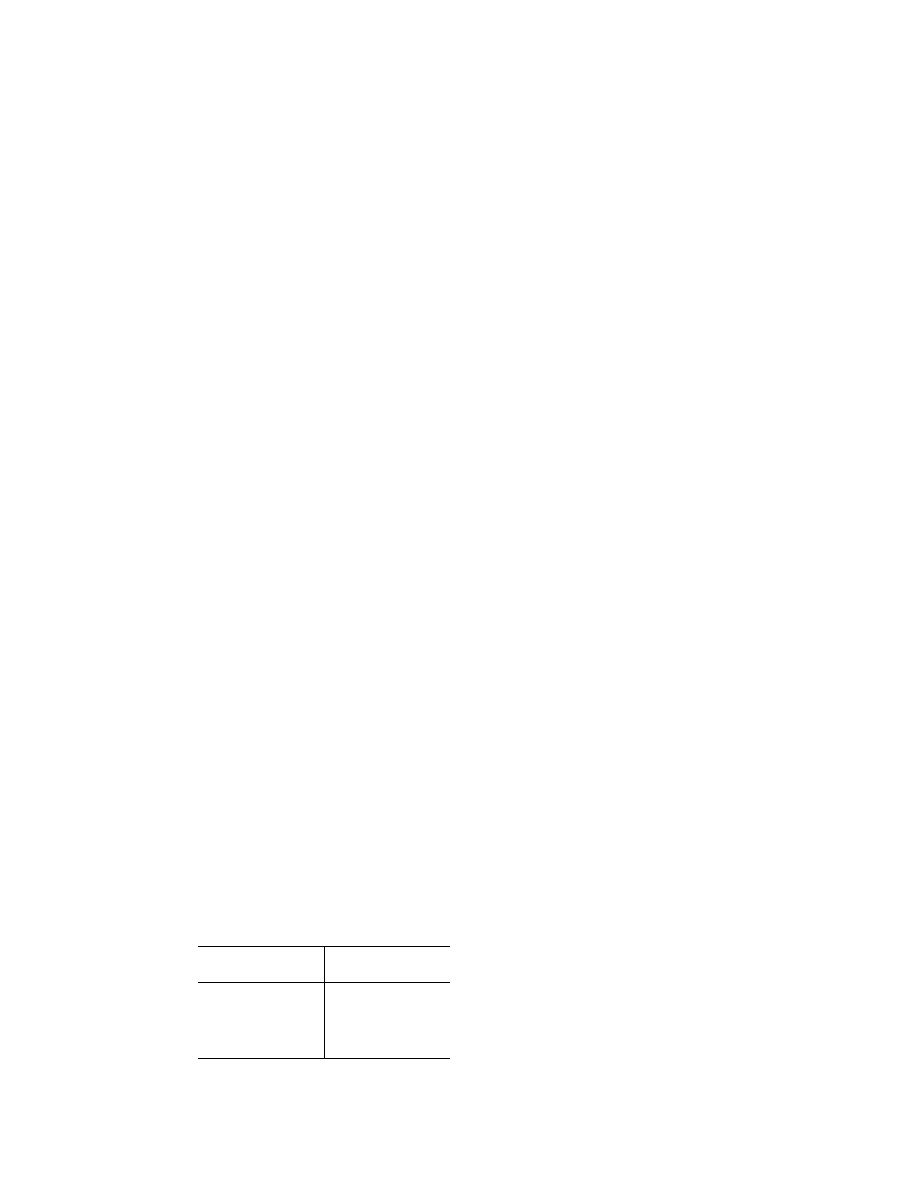
721
Federal Aviation Administration, DOT
§ 33.76
that compliance with the requirements
has been established with the device
functioning.
(5) Objects that are accepted by the
Administrator may be substituted for
birds when conducting the bird inges-
tion tests required by paragraphs (b)
through (e) of this section.
(6) If compliance with the require-
ments of this section is not estab-
lished, the engine type certification
documentation will show that the en-
gine shall be limited to aircraft instal-
lations in which it is shown that a bird
cannot strike the engine, or be in-
gested into the engine, or adversely re-
strict airflow into the engine.
(b)
Large single bird. Compliance with
the large bird ingestion requirements
shall be in accordance with the fol-
lowing:
(1) The large bird ingestion test shall
be conducted using one bird of a weight
determined from Table 1 aimed at the
most critical exposed location on the
first stage rotor blades and ingested at
a bird speed of 200-knots for engines to
be installed on airplanes, or the max-
imum airspeed for normal rotorcraft
flight operations for engines to be in-
stalled on rotorcraft.
(2) Power lever movement is not per-
mitted within 15 seconds following in-
gestion of the large bird.
(3) Ingestion of a single large bird
tested under the conditions prescribed
in this section may not result in any
condition described in § 33.75(g)(2) of
this part.
(4) Compliance with the large bird in-
gestion requirements of this paragraph
may be shown by demonstrating that
the requirements of § 33.94(a) constitute
a more severe demonstration of blade
containment and rotor unbalance than
the requirements of this paragraph.
T
ABLE
1
TO
§ 33.76—L
ARGE
B
IRD
W
EIGHT
R
EQUIREMENTS
Engine Inlet Throat Area
(A)—Square-meters (square-
inches)
Bird weight kg. (lb.)
1.35 (2,092)>A .......................
1.85 (4.07) minimum, unless
a smaller bird is deter-
mined to be a more severe
demonstration.
1.35 (2,092)
≤
A<3.90 (6,045)
2.75 (6.05)
3.90 (6,045)
≤
A .......................
3.65 (8.03)
(c)
Small and medium flocking bird.
Compliance with the small and me-
dium bird ingestion requirements shall
be in accordance with the following:
(1) Analysis or component test, or
both, acceptable to the Administrator,
shall be conducted to determine the
critical ingestion parameters affecting
power loss and damage. Critical inges-
tion parameters shall include, but are
not limited to, the effects of bird speed,
critical target location, and first stage
rotor speed. The critical bird ingestion
speed should reflect the most critical
condition within the range of airspeeds
used for normal flight operations up to
1,500 feet above ground level, but not
less than V
1
minimum for airplanes.
(2) Medium bird engine tests shall be
conducted so as to simulate a flock en-
counter, and will use the bird weights
and quantities specified in Table 2.
When only one bird is specified, that
bird will be aimed at the engine core
primary flow path; the other critical
locations on the engine face area must
be addressed, as necessary, by appro-
priate tests or analysis, or both. When
two or more birds are specified in Table
2, the largest of those birds must be
aimed at the engine core primary flow
path, and a second bird must be aimed
at the most critical exposed location
on the first stage rotor blades. Any re-
maining birds must be evenly distrib-
uted over the engine face area.
(3) In addition, except for rotorcraft
engines, it must also be substantiated
by appropriate tests or analysis or
both, that when the full fan assembly
is subjected to the ingestion of the
quantity and weights of bird from
Table 3, aimed at the fan assembly’s
most critical location outboard of the
primary core flowpath, and in accord-
ance with the applicable test condi-
tions of this paragraph, that the engine
can comply with the acceptance cri-
teria of this paragraph.
(4) A small bird ingestion test is not
required if the prescribed number of
medium birds pass into the engine
rotor blades during the medium bird
test.
(5) Small bird ingestion tests shall be
conducted so as to simulate a flock en-
counter using one 85 gram (0.187 lb.)
bird for each 0.032 square-meter (49.6
square-inches) of inlet area, or fraction
VerDate Sep<11>2014
09:06 Jun 28, 2024
Jkt 262046
PO 00000
Frm 00731
Fmt 8010
Sfmt 8010
Y:\SGML\262046.XXX
262046
jspears on DSK121TN23PROD with CFR
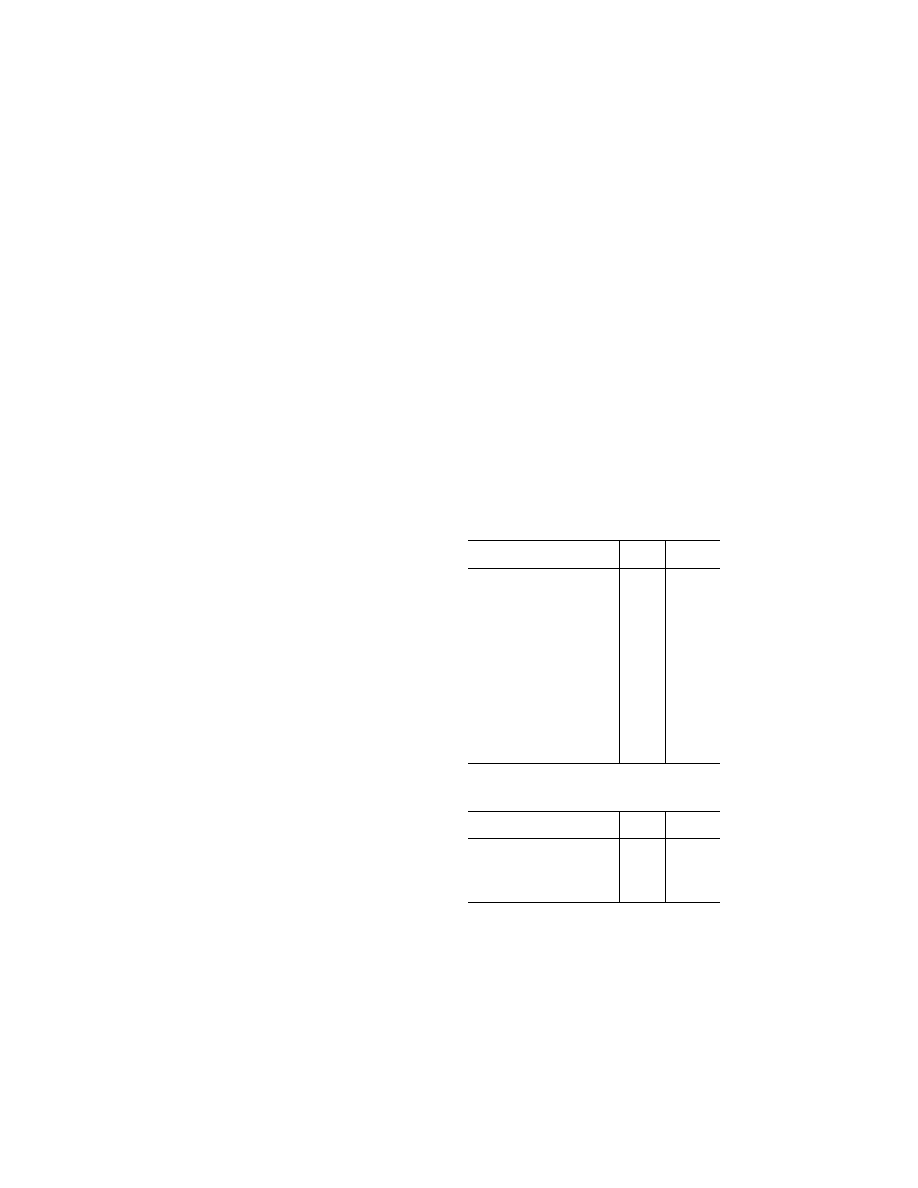
722
14 CFR Ch. I (1–1–24 Edition)
§ 33.76
thereof, up to a maximum of 16 birds.
The birds will be aimed so as to ac-
count for any critical exposed locations
on the first stage rotor blades, with
any remaining birds evenly distributed
over the engine face area.
(6) Ingestion of small and medium
birds tested under the conditions pre-
scribed in this paragraph may not
cause any of the following:
(i) More than a sustained 25-percent
power or thrust loss;
(ii) The engine to be shut down dur-
ing the required run-on demonstration
prescribed in paragraphs (c)(7) or (c)(8)
of this section;
(iii) The conditions defined in para-
graph (b)(3) of this section.
(iv) Unacceptable deterioration of en-
gine handling characteristics.
(7) Except for rotorcraft engines, the
following test schedule shall be used:
(i) Ingestion so as to simulate a flock
encounter, with approximately 1 sec-
ond elapsed time from the moment of
the first bird ingestion to the last.
(ii) Followed by 2 minutes without
power lever movement after the inges-
tion.
(iii) Followed by 3 minutes at 75-per-
cent of the test condition.
(iv) Followed by 6 minutes at 60-per-
cent of the test condition.
(v) Followed by 6 minutes at 40-per-
cent of the test condition.
(vi) Followed by 1 minute at ap-
proach idle.
(vii) Followed by 2 minutes at 75-per-
cent of the test condition.
(viii) Followed by stabilizing at idle
and engine shut down.
(ix) The durations specified are times
at the defined conditions with the
power being changed between each con-
dition in less than 10 seconds.
(8) For rotorcraft engines, the fol-
lowing test schedule shall be used:
(i) Ingestion so as to simulate a flock
encounter within approximately 1 sec-
ond elapsed time between the first in-
gestion and the last.
(ii) Followed by 3 minutes at 75-per-
cent of the test condition.
(iii) Followed by 90 seconds at de-
scent flight idle.
(iv) Followed by 30 seconds at 75-per-
cent of the test condition.
(v) Followed by stabilizing at idle
and engine shut down.
(vi) The durations specified are times
at the defined conditions with the
power being changed between each con-
dition in less than 10 seconds.
(9) Engines intended for use in multi-
engine rotorcraft are not required to
comply with the medium bird ingestion
portion of this section, providing that
the appropriate type certificate docu-
mentation is so endorsed.
(10) If any engine operating limit(s) is
exceeded during the initial 2 minutes
without power lever movement, as pro-
vided by paragraph (c)(7)(ii) of this sec-
tion, then it shall be established that
the limit exceedence will not result in
an unsafe condition.
T
ABLE
2
TO
§ 33.76—M
EDIUM
F
LOCKING
B
IRD
W
EIGHT AND
Q
UANTITY
R
EQUIREMENTS
Engine Inlet Throat Area (A)—
Square-meters (square-inches)
Bird
quantity
Bird weight
kg. (lb.)
0.05 (77.5)>A ...................................
none .....
0.05 (77.5)
≤
A <0.10 (155) ...............
1 ...........
0.35 (0.77)
0.10 (155)
≤
A <0.20 (310) ................
1 ...........
0.45 (0.99)
0.20 (310)
≤
A <0.40 (620) ................
2 ...........
0.45 (0.99)
0.40 (620)
≤
A <0.60 (930) ................
2 ...........
0.70 (1.54)
0.60 (930)
≤
A <1.00 (1,550) .............
3 ...........
0.70 (1.54)
1.00 (1,550)
≤
A <1.35 (2,092) ..........
4 ...........
0.70 (1.54)
1.35 (2,092)
≤
A <1.70 (2,635) ..........
1 ...........
1.15 (2.53)
plus 3 ...
0.70 (1.54)
1.70 (2,635)
≤
A <2.10 (3,255) ..........
1 ...........
1.15 (2.53)
plus 4 ...
0.70 (1.54)
2.10 (3,255)
≤
A <2.50 (3,875) ..........
1 ...........
1.15 (2.53)
plus 5 ...
0.70 (1.54)
2.50 (3,875)
≤
A <3.90 (6045) ...........
1 ...........
1.15 (2.53)
plus 6 ...
0.70 (1.54)
3.90 (6045)
≤
A <4.50 (6975) ............
3 ...........
1.15 (2.53)
4.50 (6975)
≤
A ..................................
4 ...........
1.15 (2.53)
T
ABLE
3
TO
§ 33.76—A
DDITIONAL
I
NTEGRITY
A
SSESSMENT
Engine Inlet Throat Area (A)—
square-meters (square-inches)
Bird
quantity
Bird weight
kg. (lb.)
1.35 (2,092)>A .................................
none .....
1.35 (2,092)
≤
A <2.90 (4,495) ..........
1 ...........
1.15 (2.53)
2.90 (4,495)
≤
A <3.90 (6,045) ..........
2 ...........
1.15 (2.53)
3.90 (6,045)
≤
A .................................
1 ...........
1.15 (2.53)
plus 6 ...
0.70 (1.54)
(d)
Large flocking bird. An engine test
will be performed as follows:
(1) Large flocking bird engine tests
will be performed using the bird mass
and weights in Table 4, and ingested at
a bird speed of 200 knots.
(2) Prior to the ingestion, the engine
must be stabilized at no less than the
mechanical rotor speed of the first ex-
posed stage or stages that, on a stand-
ard day, would produce 90 percent of
VerDate Sep<11>2014
09:06 Jun 28, 2024
Jkt 262046
PO 00000
Frm 00732
Fmt 8010
Sfmt 8010
Y:\SGML\262046.XXX
262046
jspears on DSK121TN23PROD with CFR

723
Federal Aviation Administration, DOT
§ 33.76
the sea level static maximum rated
takeoff power or thrust.
(3) The bird must be targeted on the
first exposed rotating stage or stages
at a blade airfoil height of not less
than 50 percent measured at the lead-
ing edge.
(4) Ingestion of a large flocking bird
under the conditions prescribed in this
paragraph must not cause any of the
following:
(i) A sustained reduction of power or
thrust to less than 50 percent of max-
imum rated takeoff power or thrust
during the run-on segment specified
under paragraph (d)(5)(i) of this sec-
tion.
(ii) Engine shutdown during the re-
quired run-on demonstration specified
in paragraph (d)(5) of this section.
(iii) The conditions specified in para-
graph (b)(3) of this section.
(5) The following test schedule must
be used:
(i) Ingestion followed by 1 minute
without power lever movement.
(ii) Followed by 13 minutes at not
less than 50 percent of maximum rated
takeoff power or thrust.
(iii) Followed by 2 minutes between
30 and 35 percent of maximum rated
takeoff power or thrust.
(iv) Followed by 1 minute with power
or thrust increased from that set in
paragraph (d)(5)(iii) of this section, by
between 5 and 10 percent of maximum
rated takeoff power or thrust.
(v) Followed by 2 minutes with power
or thrust reduced from that set in
paragraph (d)(5)(iv) of this section, by
between 5 and 10 percent of maximum
rated takeoff power or thrust.
(vi) Followed by a minimum of 1
minute at ground idle then engine
shutdown. The durations specified are
times at the defined conditions. Power
lever movement between each condi-
tion will be 10 seconds or less, except
that power lever movements allowed
within paragraph (d)(5)(ii) of this sec-
tion are not limited, and for setting
power under paragraph (d)(5)(iii) of this
section will be 30 seconds or less.
(6) Compliance with the large flock-
ing bird ingestion requirements of this
paragraph (d) may also be dem-
onstrated by:
(i) Incorporating the requirements of
paragraph (d)(4) and (d)(5) of this sec-
tion, into the large single bird test
demonstration specified in paragraph
(b)(1) of this section; or
(ii) Use of an engine subassembly test
at the ingestion conditions specified in
paragraph (b)(1) of this section if:
(A) All components critical to com-
plying with the requirements of para-
graph (d) of this section are included in
the subassembly test;
(B) The components of paragraph
(d)(6)(ii)(A) of this section are installed
in a representative engine for a run-on
demonstration in accordance with
paragraphs (d)(4) and (d)(5) of this sec-
tion; except that section (d)(5)(i) is de-
leted and section (d)(5)(ii) must be 14
minutes in duration after the engine is
started and stabilized; and
(C) The dynamic effects that would
have been experienced during a full en-
gine ingestion test can be shown to be
negligible with respect to meeting the
requirements of paragraphs (d)(4) and
(d)(5) of this section.
(7) Applicants must show that an un-
safe condition will not result if any en-
gine operating limit is exceeded during
the run-on period.
T
ABLE
4
TO
§ 33.76—L
ARGE
F
LOCKING
B
IRD
M
ASS AND
W
EIGHT
Engine inlet throat area
(square meters/square inches)
Bird
quan-
tity
Bird mass
and weight
(kg (lbs))
A <2.50 (3875) ................................
none
2.50 (3875)
≤
A <3.50 (5425) ...........
1
1.85 (4.08)
3.50 (5425)
≤
A <3.90 (6045) ...........
1
2.10 (4.63)
3.90 (6045)
≤
A .................................
1 2.50
(5.51)
(e)
Core flocking bird test. Except as
provided in paragraph (e)(4) of this sec-
tion, for turbofan engines, an engine
test must be performed in accordance
with either paragraph (e)(1) or (2) of
this section. The test specified in para-
graph (e)(2) must be conducted if test-
ing or validated analysis shows that no
bird material will be ingested into the
engine core during the test under the
conditions specified in paragraph (e)(1).
(1)
Climb flocking bird test. (i) Test re-
quirements are as follows:
(A) Before ingestion, the engine must
be stabilized at the mechanical rotor
speed of the first exposed stage or
stages that produce the lowest ex-
pected power or thrust required during
climb through 3,000 feet above mean
VerDate Sep<11>2014
09:06 Jun 28, 2024
Jkt 262046
PO 00000
Frm 00733
Fmt 8010
Sfmt 8010
Y:\SGML\262046.XXX
262046
jspears on DSK121TN23PROD with CFR
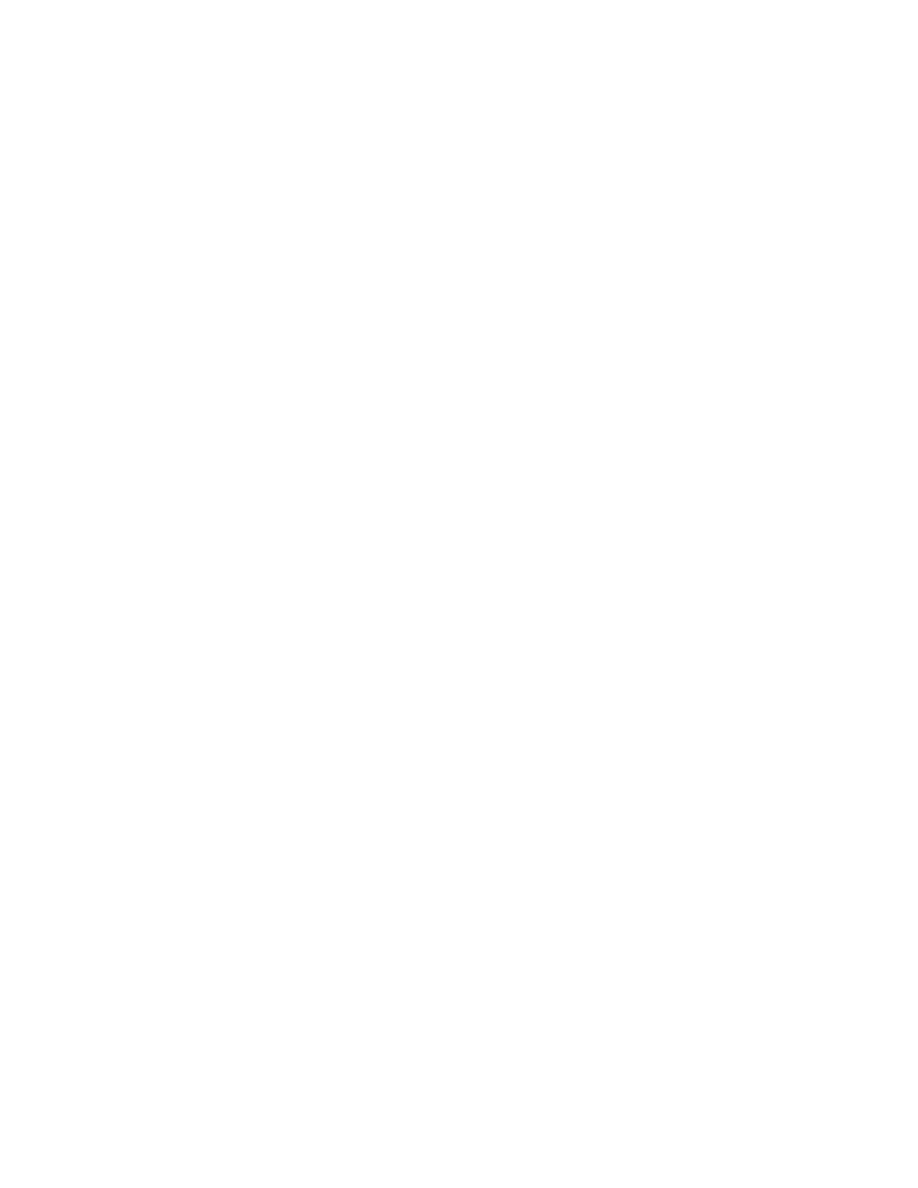
724
14 CFR Ch. I (1–1–24 Edition)
§ 33.76
sea level (MSL) at standard day condi-
tions.
(B) The climb flocking bird test shall
be conducted using one bird of the
highest weight specified in table 2 to
this section for the engine inlet area.
(C) Ingestion must be at 261-knots
true airspeed.
(D) The bird must be aimed at the
first exposed rotating stage or stages,
at the blade airfoil height, as measured
at the leading edge that will result in
maximum bird material ingestion into
the engine core.
(ii) Ingestion of a flocking bird into
the engine core under the conditions
prescribed in paragraph (e)(1)(i) of this
section must not cause any of the fol-
lowing:
(A) Sustained power or thrust reduc-
tion to less than 50 percent maximum
rated takeoff power or thrust during
the run-on segment specified under
paragraph (e)(1)(iii)(B) of this section,
that cannot be restored only by move-
ment of the power lever.
(B) Sustained power or thrust reduc-
tion to less than flight idle power or
thrust during the run-on segment spec-
ified under paragraph (e)(1)(iii)(B) of
this section.
(C) Engine shutdown during the re-
quired run-on demonstration specified
in paragraph (e)(1)(iii) of this section.
(D) Any condition specified in
§ 33.75(g)(2).
(iii) The following test schedule must
be used (power lever movement be-
tween conditions must occur within 10
seconds or less, unless otherwise
noted):
N
OTE 1 TO PARAGRAPH
(
E
)(
1
)(
III
)
INTRO
-
DUCTORY TEXT
. Durations specified are
times at the defined conditions in para-
graphs (e)(1)(iii)(A) through (I) of this
section.
(A) Ingestion.
(B) Followed by 1 minute without
power lever movement.
(C) Followed by power lever move-
ment to increase power or thrust to not
less than 50 percent maximum rated
takeoff power or thrust, if the initial
bird ingestion resulted in a reduction
in power or thrust below that level.
(D) Followed by 13 minutes at not
less than 50 percent maximum rated
takeoff power or thrust. Power lever
movement in this condition is unlim-
ited.
(E) Followed by 2 minutes at 30–35
percent maximum rated takeoff power
or thrust.
(F) Followed by 1 minute with power
or thrust increased from that set in
paragraph (e)(1)(iii)(E) of this section,
by 5–10 percent maximum rated takeoff
power or thrust.
(G) Followed by 2 minutes with
power or thrust reduced from that set
in paragraph (e)(1)(iii)(F) of this sec-
tion, by 5–10 percent maximum rated
takeoff power or thrust.
(H) Followed by 1 minute minimum
at ground idle.
(I) Followed by engine shutdown.
(2)
Approach flocking bird test. (i) Test
requirements are as follows:
(A) Before ingestion, the engine must
be stabilized at the mechanical rotor
speed of the first exposed stage or
stages that produce approach idle
thrust when descending through 3,000
feet MSL at standard day conditions.
(B) The approach flocking bird test
shall be conducted using one bird of the
highest weight specified in table 2 to
this section for the engine inlet area.
(C) Ingestion must be at 209-knots
true airspeed.
(D) The bird must be aimed at the
first exposed rotating stage or stages,
at the blade airfoil height measured at
the leading edge that will result in
maximum bird material ingestion into
the engine core.
(ii) Ingestion of a flocking bird into
the engine core under the conditions
prescribed in paragraph (e)(2)(i) of this
section may not cause any of the fol-
lowing:
(A) Power or thrust reduction to less
than flight idle power or thrust during
the run-on segment specified under
paragraph (e)(2)(iii)(B) of this section.
(B) Engine shutdown during the re-
quired run-on demonstration specified
in paragraph (e)(2)(iii) of this section.
(C) Any condition specified in
§ 33.75(g)(2).
(iii) The following test schedule must
be used (power lever movement be-
tween conditions must occur within 10
seconds or less, unless otherwise
noted):
N
OTE 2 TO PARAGRAPH
(
E
)(
2
)(
III
)
INTRO
-
DUCTORY TEXT
. Durations specified are
VerDate Sep<11>2014
09:06 Jun 28, 2024
Jkt 262046
PO 00000
Frm 00734
Fmt 8010
Sfmt 8010
Y:\SGML\262046.XXX
262046
jspears on DSK121TN23PROD with CFR
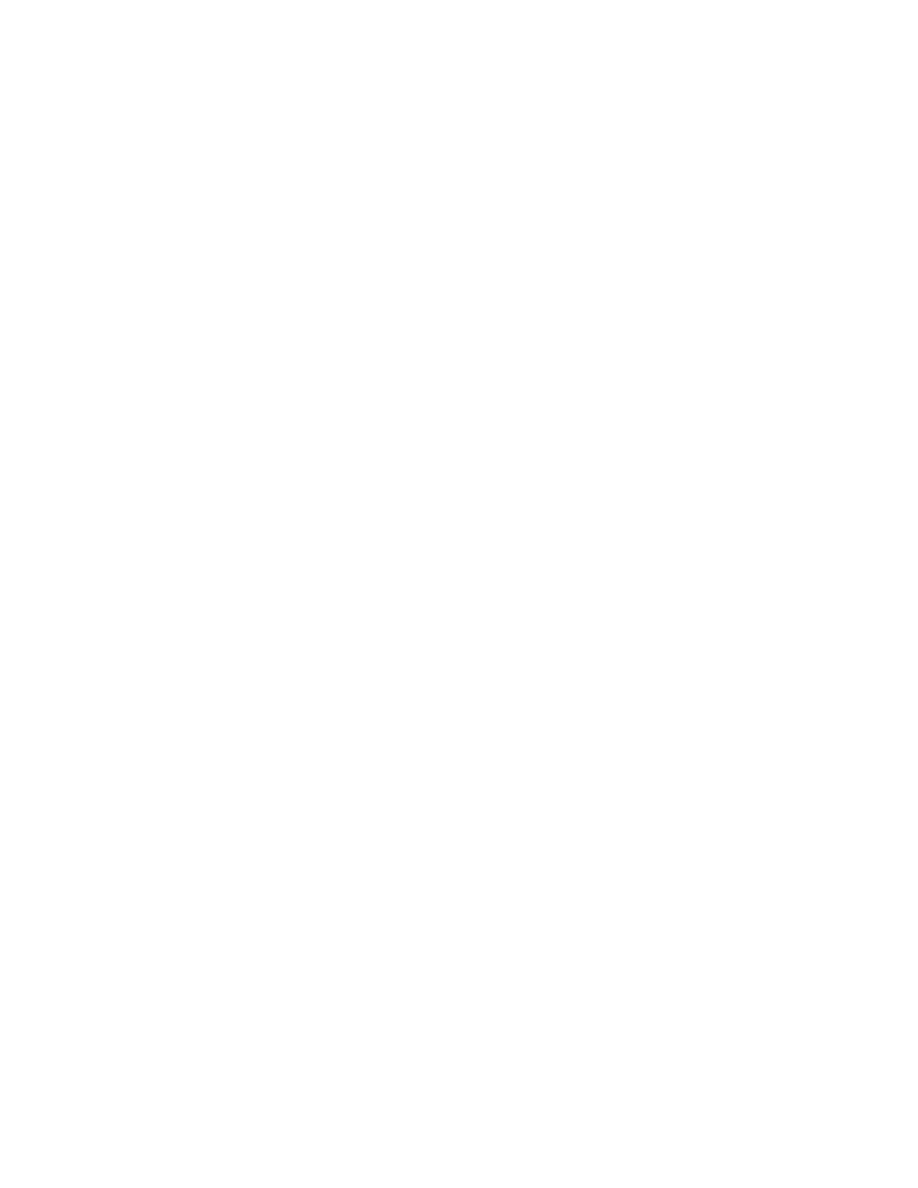
725
Federal Aviation Administration, DOT
§ 33.77
times at the defined conditions in para-
graphs (e)(2)(iii)(A) through (H) of this
section.
(A) Ingestion.
(B) Followed by 1 minute without
power lever movement.
(C) Followed by 2 minutes at 30–35
percent maximum rated takeoff power
or thrust. Power lever movement in
this condition is unlimited.
(D) Followed by 1 minute with power
or thrust increased from that set in
paragraph (e)(2)(iii)(C) of this section,
by 5–10 percent maximum rated takeoff
power or thrust.
(E) Followed by 2 minutes with power
or thrust reduced from that set in
paragraph (e)(2)(iii)(D) of this section,
by 5–10 percent maximum rated takeoff
power or thrust.
(F) Followed by 1 minute minimum
at ground idle.
(G) Followed by engine shutdown.
(H) Power lever movement between
each condition must be 10 seconds or
less, except that any power lever move-
ments are allowed within the time pe-
riod of paragraph (e)(2)(iii)(C) of this
section.
(3)
Results of exceeding engine-oper-
ating limits. Applicants must show that
an unsafe condition will not result if
any engine-operating limit is exceeded
during the run-on period.
(4)
Combining tests. The climb flock-
ing bird test of paragraph (e)(1) of this
section may be combined with the me-
dium flocking bird test of paragraph (c)
of this section, if the climb first stage
rotor speed calculated in paragraph
(e)(1) of this section is within 3 percent
of the first stage rotor speed required
by paragraph (c)(1) of this section. As
used in this paragraph (e)(4), ‘‘com-
bined’’ means that, instead of sepa-
rately conducting the tests specified in
paragraphs (c) and (e)(1) of this section,
the test conducted under paragraph (c)
of this section satisfies the require-
ments of paragraph (e) of this section if
the bird aimed at the core of the engine
meets the bird ingestion speed criteria
of paragraph (e)(1)(i)(C) of this section.
[Doc. No. FAA–1998–4815, 65 FR 55854, Sept.
14, 2000, as amended by Amdt. 33–20, 68 FR
75391, Dec. 31, 2003; Amdt. 33–24, 72 FR 50868,
Sept. 4, 2007; Amdt. 33–23, 72 FR 58974, Oct. 17,
2007; Amdt. 33–36, 88 FR 19810, Apr. 4, 2023]
§ 33.77
Foreign object ingestion—ice.
(a) Compliance with the require-
ments of this section must be dem-
onstrated by engine ice ingestion test
or by validated analysis showing
equivalence of other means for dem-
onstrating soft body damage tolerance.
(b) [Reserved]
(c) Ingestion of ice under the condi-
tions of this section may not—
(1) Cause an immediate or ultimate
unacceptable sustained power or thrust
loss; or
(2) Require the engine to be shut-
down.
(d) For an engine that incorporates a
protection device, compliance with this
section need not be demonstrated with
respect to ice formed forward of the
protection device if it is shown that—
(1) Such ice is of a size that will not
pass through the protective device;
(2) The protective device will with-
stand the impact of the ice; and
(3) The ice stopped by the protective
device will not obstruct the flow of in-
duction air into the engine with a re-
sultant sustained reduction in power or
thrust greater than those values de-
fined by paragraph (c) of this section.
(e) Compliance with the require-
ments of this section must be dem-
onstrated by engine ice ingestion test
under the following ingestion condi-
tions or by validated analysis showing
equivalence of other means for dem-
onstrating soft body damage tolerance.
(1) The minimum ice quantity and di-
mensions will be established by the en-
gine size as defined in Table 1 of this
section.
(2) The ingested ice dimensions are
determined by linear interpolation be-
tween table values, and are based on
the actual engine’s inlet hilite area.
(3) The ingestion velocity will simu-
late ice from the inlet being sucked
into the engine.
(4) Engine operation will be at the
maximum cruise power or thrust un-
less lower power is more critical.
VerDate Sep<11>2014
09:06 Jun 28, 2024
Jkt 262046
PO 00000
Frm 00735
Fmt 8010
Sfmt 8010
Y:\SGML\262046.XXX
262046
jspears on DSK121TN23PROD with CFR





